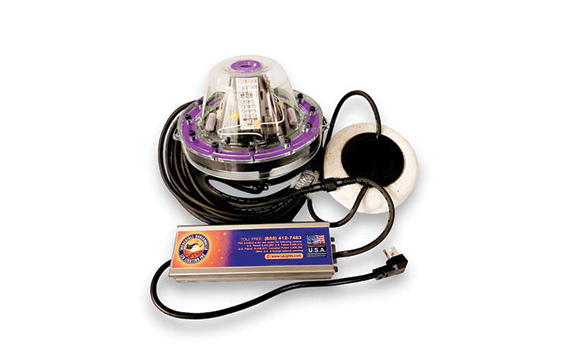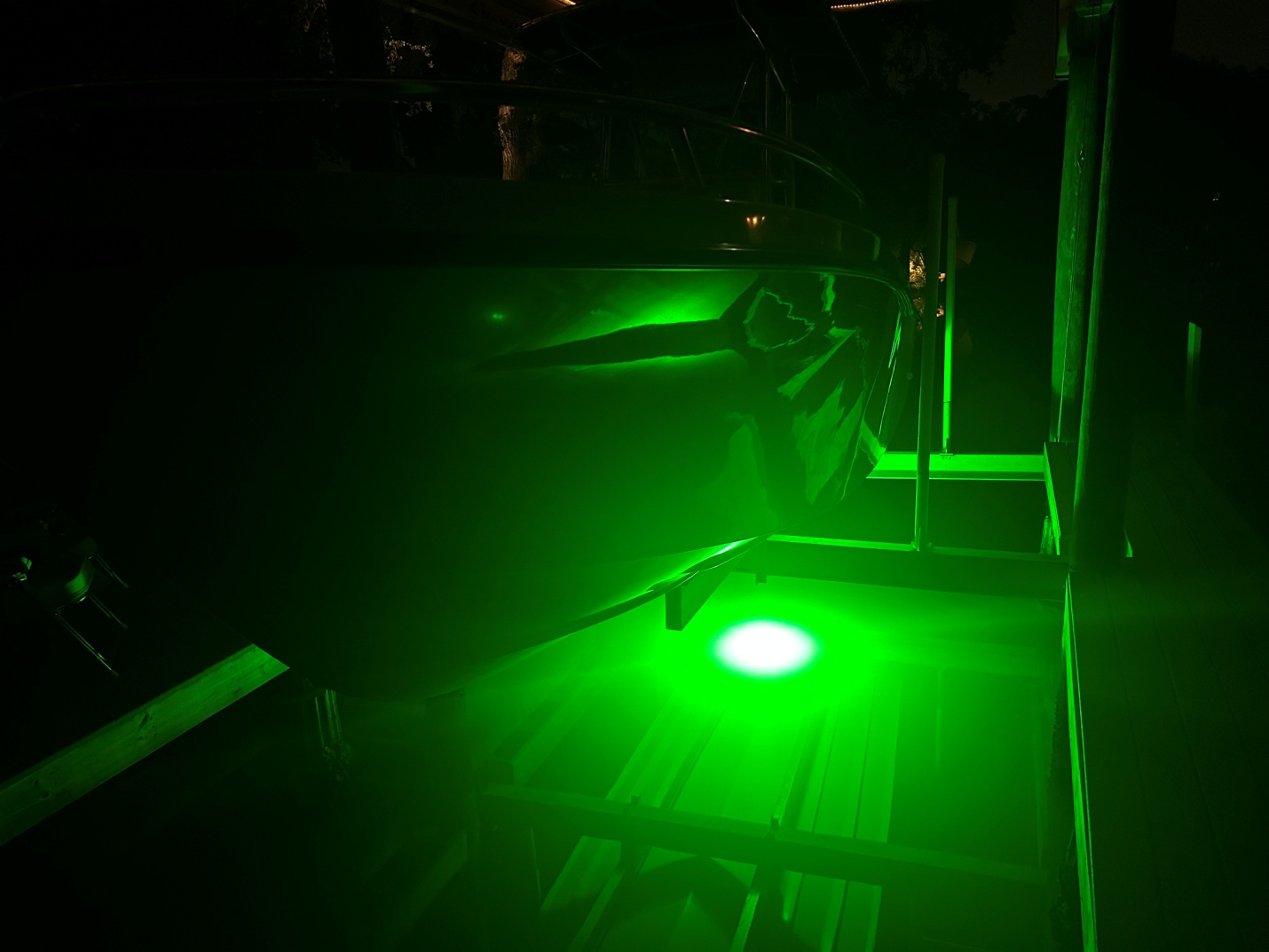Underwater photography presents a unique and rewarding challenge for photographers. The underwater environment offers an array of vibrant colors, fascinating marine life, and captivating seascapes. However, capturing stunning images below the surface requires a good understanding of specialized techniques and equipment.
Here are some essential tips to help you master underwater photography and lighting.
Choose the Right Equipment
Investing in quality underwater photography equipment is crucial. Essential components include underwater camera housing, strobes, underwater LED lights, and suitable lenses. Underwater camera housings must be rated for the depths you plan to dive, ensuring your camera remains safe and functional.
External strobes and continuous lights are essential for illuminating your subjects and counteracting the loss of color underwater. Wide-angle lenses are ideal for capturing expansive underwater scenes, while macro lenses are perfect for detailed shots of small marine life.
Understand Light Behavior Underwater
Light behaves differently underwater, the deeper you go, the more color and light you lose. Red is the first color to disappear, followed by orange, yellow, green, and finally blue. This is why underwater images often have a blue-green tint. Using strobes can restore lost colors by bringing in white light, making your images more vibrant. Staying in shallower waters can also help maximize natural light.
Master Buoyancy Control
Good buoyancy control is essential for steady shots and protecting marine environments. Practicing your buoyancy skills helps you stay steady, minimizing camera shake and ensuring sharp images. Proper buoyancy control also protects delicate marine life and habitats from unintentional damage.
Get Close to Your Subject
Water reduces clarity and adds particulate matter between you and your subject. To achieve sharp, clear images, minimize the distance between you and your subject. Wide-angle and macro lenses can help you get close and still capture detailed images.
Focus on Composition
Good composition is just as important underwater as it is on land. Use the rule of thirds to create balanced and interesting compositions, and utilize natural lines in the underwater environment to guide the viewer’s eye through the image. Pay attention to the background to avoid distracting elements and ensure it complements the subject.
Adjust White Balance
White balance is crucial for accurate color reproduction underwater. Setting a custom white balance can correct color shifts, which can be done using a white or gray slate. Photo editing software can also be used to fine-tune white balance and colors if needed.
Use Manual Settings
Auto settings can be unreliable underwater. Instead, use manual settings to have full control over your exposure. Adjust the aperture to control depth of field, use faster shutter speeds to freeze motion and avoid blurry images, and keep ISO as low as possible to minimize noise, especially in low light conditions.

When it comes to enhancing your underwater photography and lighting experience, consider using lights from Incredible Underwater LED Lights. We have underwater green lights, underwater fishing lights, and underwater dock lights. With Incredible Underwater LED Lights, you can capture breathtaking underwater scenes with ease.
Reach out to us for better underwater photography and lighting.


